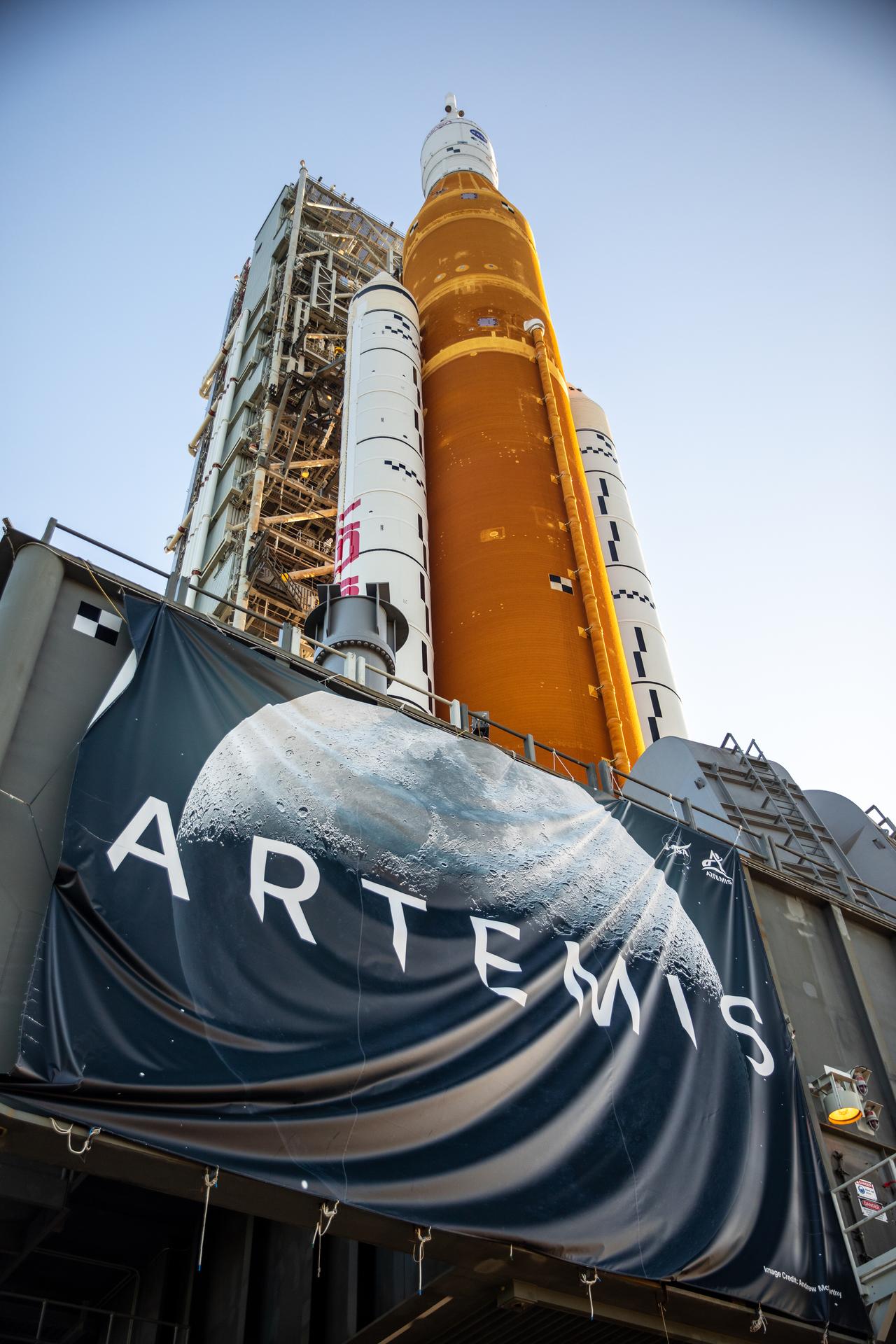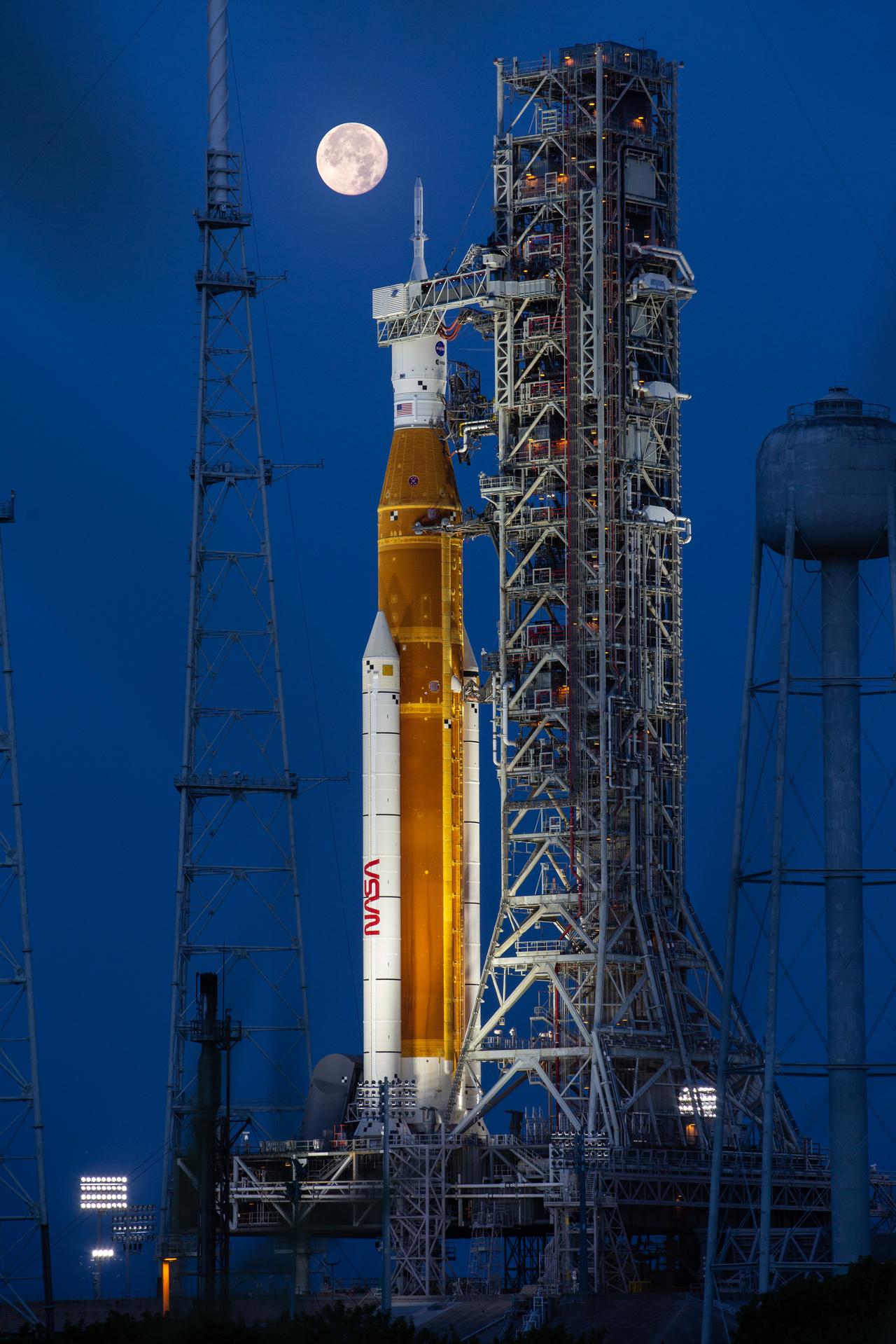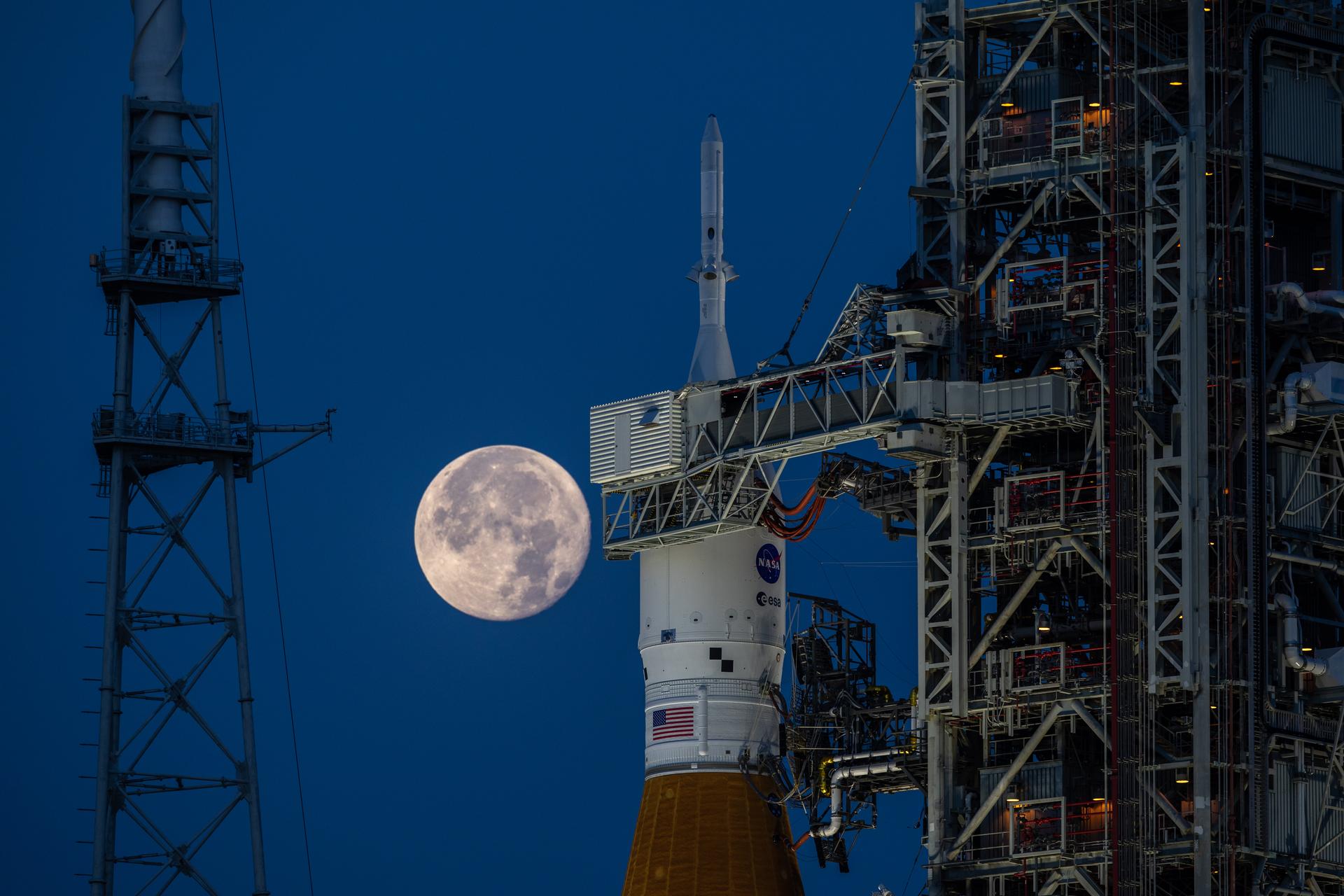[UPDATE: Launch scrubbed for today, next attempt September 2 at the earliest]
Everyone remembers where they were when Neil Armstrong walked on the moon in 1969. Ok well I don’t because I wasn’t alive then, but you know what I mean.
Humans slipping the bonds of earth’s gravity and stepping onto another heavenly body has to be one of the pinnacle moments of our species (the other being, of course, the Twinkie). In the years since that famous Apollo 11 landing on the moon’s surface, space has seemingly become commonplace. We see broadcasts and receive phone calls from the International Space Station, which has been continuously inhabited for almost 22 years in low Earth orbit. We see rocket launches almost weekly, sending satellites, probes, telescopes, and humans off this planet and into the cosmos.
But we haven’t gone back to the moon since Apollo 17. On December 14, 1972, astronaut Gene Cernan was the last astronaut to board the ascent stage of the lunar lander and depart the surface of the moon. He offered the following:
“…I’m on the surface; and, as I take man’s last step from the surface, back home for some time to come – but we believe not too long into the future – I’d like to just [say] what I believe history will record. That America’s challenge of today has forged man’s destiny of tomorrow. And, as we leave the Moon at Taurus-Littrow, we leave as we came and, God willing, as we shall return, with peace and hope for all mankind. Godspeed the crew of Apollo 17.”
Tomorrow, we begin our journey back to the moon.
Artemis I
Space is hard. It takes years to create new launch vehicles, involving some of the world’s best engineers, material scientists, and, generally, math people. It also takes funding, and a lot of it.
NASA began with a simple question after the last Space Shuttle mission in 2011: what should we do with the leftover parts? We have these engines, can we use them again? What about the orange fuel tank? The solid rocket boosters on the sides?
What if we took all of those leftover parts and built a new rocket?
Ladies and gentlemen, I present to you the SLS (Space Launch System), the most powerful rocket in NASA’s history (yes, even more powerful than the Saturn V upon which Apollo 11 was launched).
Any Space Shuttle enthusiast will immediately recognize the orange fuel tank and the side boosters. Space nerds will also recognize the Orion crew capsule from the Constellation project. It has all come together to form SLS.
Tomorrow morning, beginning at 8:33am eastern time, a 2-hour launch window opens for Artemis I, an unmanned test flight to the moon. For 46 days, the unmanned Orion capsule will be in a loose orbit around the moon for NASA to test systems and simulate a real-world mission.
Why is Artemis I so important?
Because Artemis II will carry astronauts on a mission around the moon. And then Artemis III will land the next man and first woman on the surface of the moon.
NASA’s branding for Artemis I is “We Are Going”. Tomorrow will be the culmination of a decade-long effort to get SLS off the ground and will be our first look at the NASA rocket taking us back to the moon.
While it seems easy to just reassemble a mish-mash of leftover shuttle parts, the program has not been without its setbacks, which critics of the program have not been shy to point out (Eric Berger’s summary of the entire program is a worthwhile read for any space enthusiast). Parts from 83 different Space Shuttle missions will be used on Artemis I, so while it’s hard to understand just how complicated the program is, it’s also just as hard to underestimate the complexity.
Yes, it cost way too much, but that money has been spent. Critics will say that private space companies like SpaceX would accomplish the same thing with private launch vehicles, so what’s the point of SLS or Artemis?
America needs Artemis because America likes doing the hard things. The complicated things. Most of all, the amazing things. Ambition drives innovation, innovation drives progress, and Artemis I will make true Gene Cernan’s promise from 1972.
Let’s go back.





I’ll be watching from the end of my driveway.
I’m not some crazy conspiracy nut but it is still so hard to even go around the moon (50 years since Apollo) and yet people still don’t doubt that we actually landed on the moon for cold war propaganda purposes. I personally don’t believe that it was faked because so many people couldn’t have been kept silent about it for so long but it does make me wonder at times. On the other hand I don’t see value in going back to the moon. I’d rather see our space shuttle program continue as low orbit is where the next battles will be won.
I really don’t understand the value of humans in space besides propaganda and rah rah rah patriotic hubris. Sending robots is far easier, less risky, and we get amazing scientific results from them. It’ll be cool to watch, but the payback has never been clear to me.